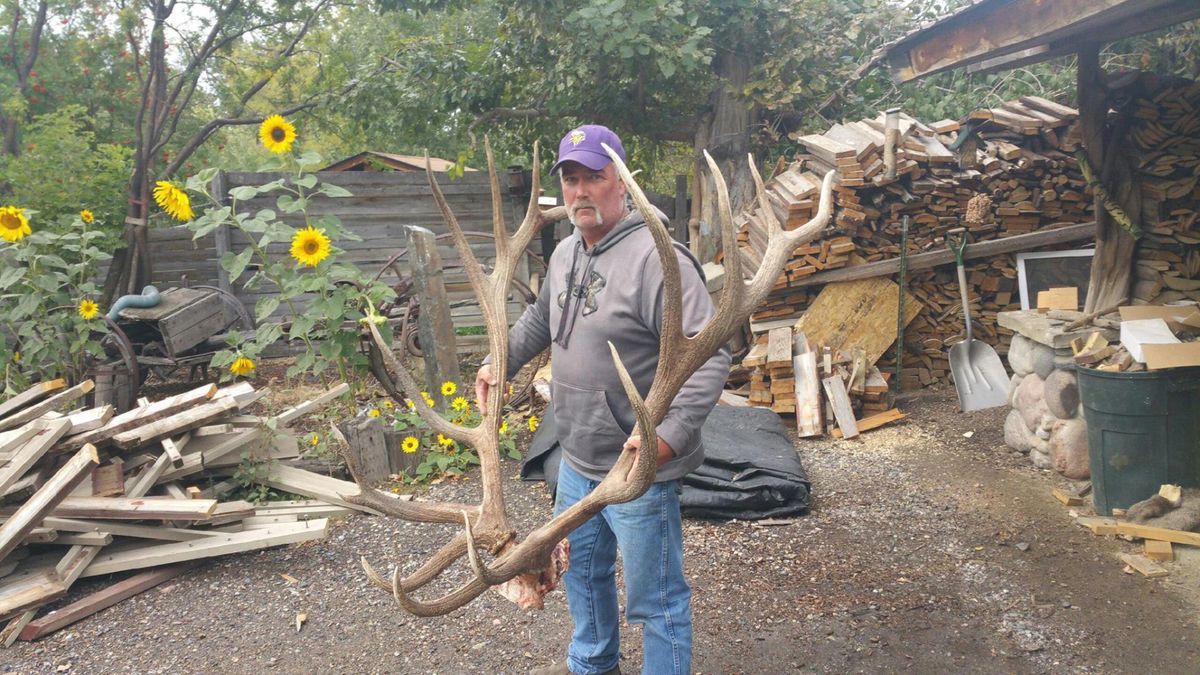Montana’s top bull elk could be archery world record

HUNTING -- An bull elk killed by a Montana bowhunter in September is a state record, the largest recorded in the U.S. in 48 years — and in the running to be a world record.
The bull was taken on Sept. 10 by Steve Felix of Seeley Lake while bowhunting on public land in Powder River County, Montana.
After 60-days of drying, it was scored a 430 by the Boone and Crockett Club and Pope and Young Club, the groups that have been keeping world hunting records since the 19th century.
The current archery world record typical elk was killed in Arizona in 2005 and scored 412-1/8.
The current world record typical American elk taken with a rifle scored 442-5/8. The second and third largest elk were both taken prior to the year 1900.
“History was made right here in Montana,” said Justin Spring, Boone and Crockett’s director of big game records.
Here's more information from The Bozeman Chronicle and the Boone and Crockett Club:
Felix brought his kill to the attention of the Boone and Crockett Club in Missoula, and preliminary measurements were announced in September. But the antlers needed to complete a 60-day drying period before they could be scored officially, as racks shrink slightly when they dry.
Animal trophies are scored based on the distances between key points on the rack as well as the number of points on each antler.
“Typical” American elk have symmetrical racks. The clubs also keep records for “non-typical” elk with more oddly shaped antlers.
When the preliminary measurements were announced, Joe Bell, executive director of Pope & Young, emphasized that game animals scored by the clubs are taken in an ethical, sportsmanlike manner.
The last step for Felix’s elk in the world record-certification process is another set of measurements, which will be taken just before Pope & Young’s biennial awards ceremony in St. Louis in early April, where the animal will be displayed.
Spring said the existence of such a large elk is a testament to wildlife management strategies across the country.
“Animals of this size do not happen by chance,” he said. “It takes the combined commitment of wildlife managers and biologists, landowners, sportsmen and, above all else, it takes the best habitats we can set aside for elk in elk country.”
Montana’s general archery seasons runs from Sept. 3 to Oct. 16.